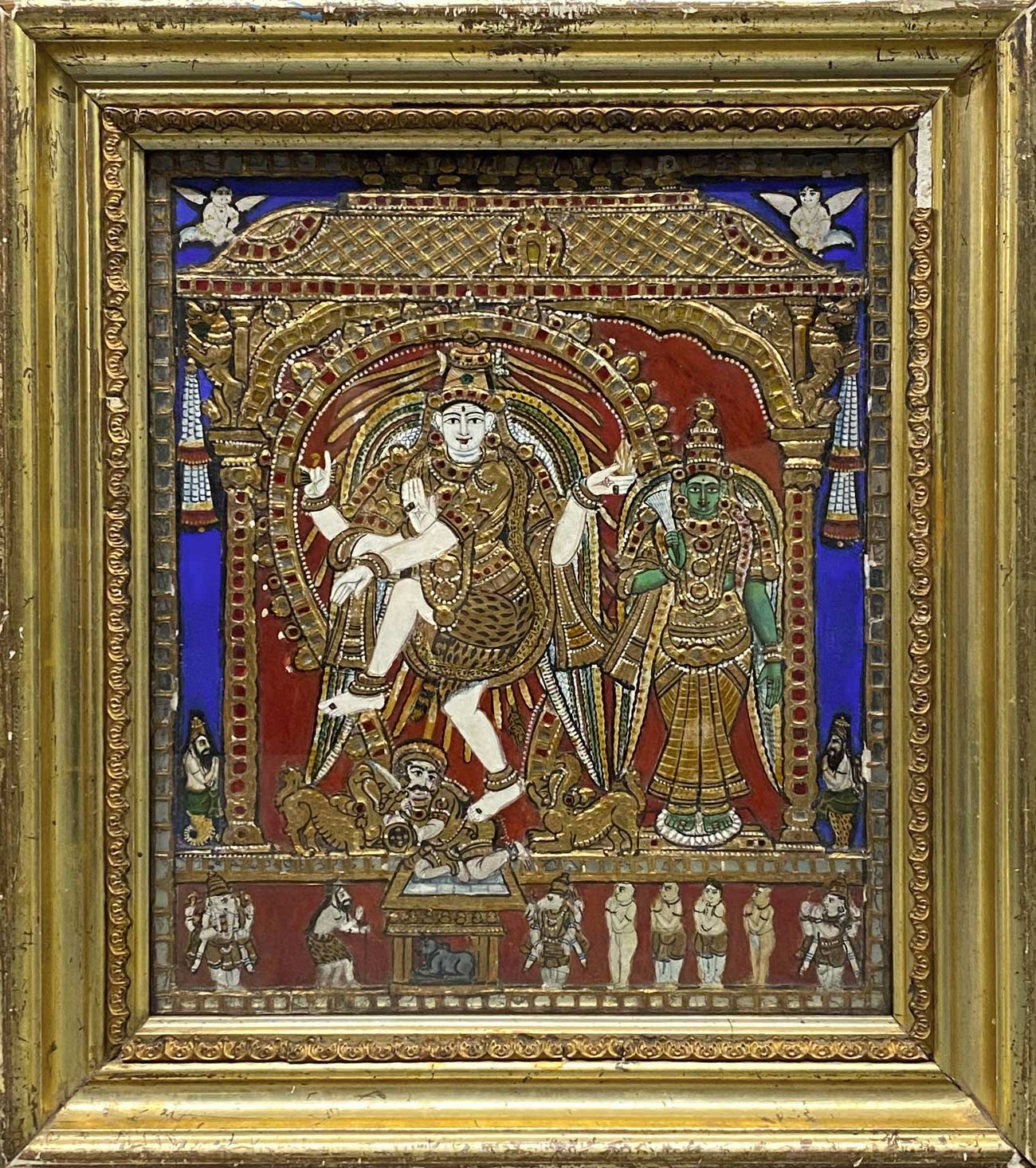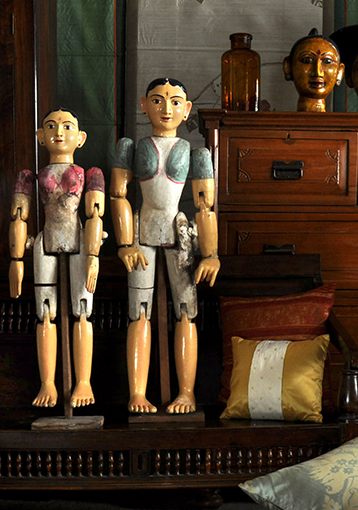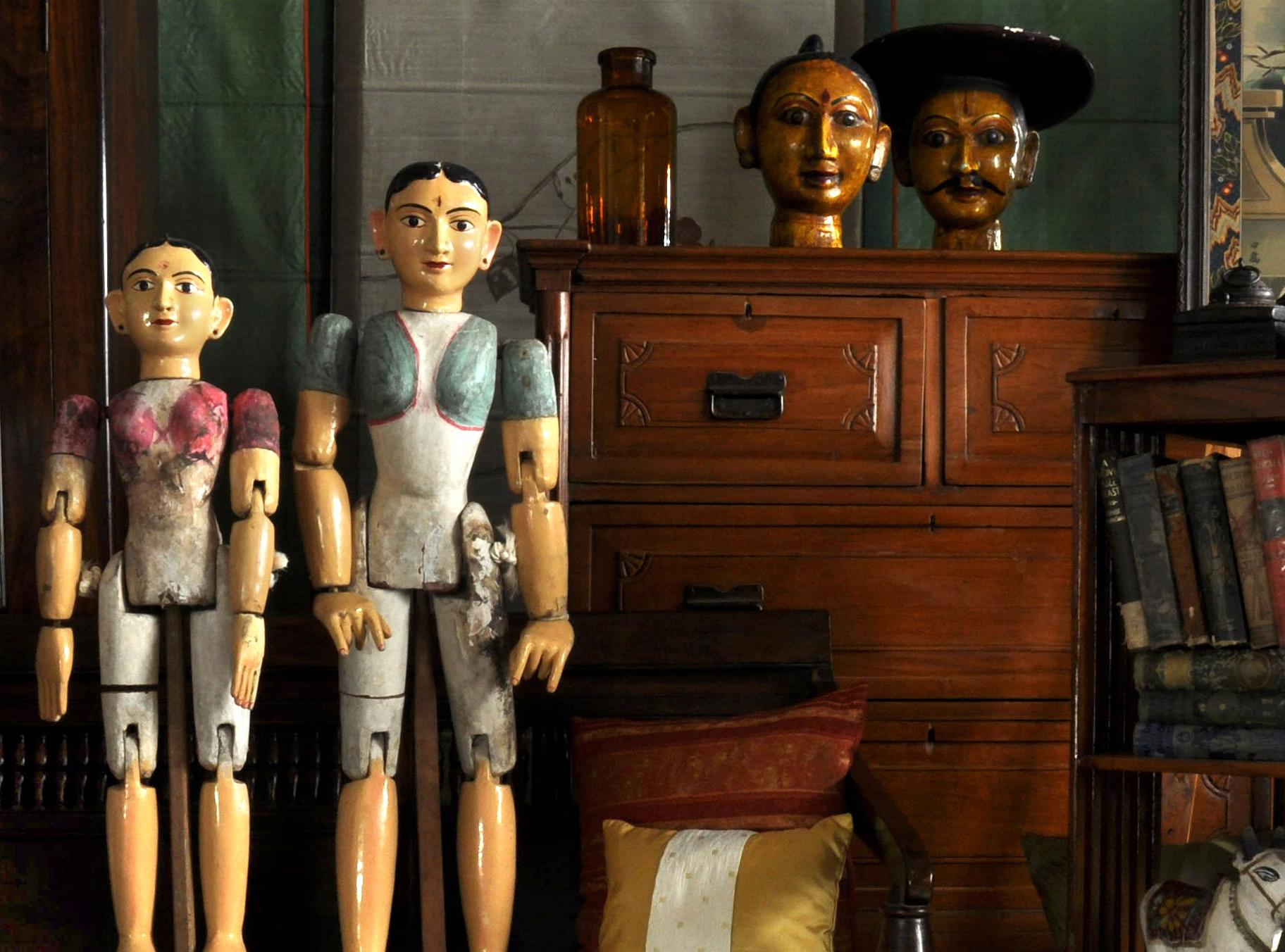- Home
- Nataraja and Meenakshi
Loading...
Nataraja and Meenakshi
All orders are insured for transit.
This item cannot be shipped outside India.
All orders are insured for transit.
This item cannot be shipped outside India.
Details
| Size: | 16 x 2.5 x 17.75 inches |
| Medium: | Tanjore Painting |
Description
-
Description
Read MoreThis Tanjore painting in a gilded wooden frame is a depiction of Nataraja and Meenakshi embellished with coloured glass and gold leaf. Nataraja is a depiction of lord Shiva as the cosmic dancer, who dances the universe into being, sustains it with his rhythm, and eventually dances it into annihilation. Nataraja’s hands and feet are held in various gestures that denote specific meanings, while the objects in his hands are symbolic too. Shown here in his left back hand is Agni (fire), which represents the forces of creation and destruction. The upper right hand holds a small drum, shaped like an hourglass, which symbolizes rhythm and time. The open palm of the lower right hand in the front, symbolises fearlessness and divine reassurance, while the left hand extending across his chest symbolizes concealment. Shiva is surrounded by a ring of flames, with his left leg in the air, and the right leg trampling a dwarf who symbolizes ignorance. On either side of the dwarf are two makaras. Shown beside Nataraja is Meenakshi, the fish-eyed goddess, a tutelary deity of Madurai who is considered as the reincarnation of the goddess Parvati. She is the divine consort of Sundareswarar, a form of Shiva. To the right of Shiva, with a serpent's body is Patanjali, while the figure on the left of Meenakshi, with tiger’s legs is Vygrapadha. In the bottom panel of the painting from left to right are Ganesha, Bhringi, Nandi, Nandi with Mrdanga, Nayanyars, and Vishnu. -
ABOUT Tanjore Paintings
Read MoreTanjore paintings or Thanjavur paintings are named after the city of Thanjavur in Tamil Nadu, India, where they developed as an artform. As early as the 1600s, the city of Thanjavur, under the leadership of the Nayakas, served as the cultural capital for several kingdoms that ruled South India, actively encouraging painting, music, dance and literature. The unique style of Thanjavur or Tanjore painting as known today, is known to have flourished in the Maratha court of Thanjavur between the 17th and 19th centuries. King Serfoji II played a particularly significant role in developing this artform.
Tanjore paintings are characterized by well-rounded, pristine-looking deities painted in vivid colours. The ornaments, arches and sometimes even the deities are adorned in luxurious gold foil, inlaid with glass beads, and sometimes precious and semi-precious gems. The harmony between classic deep-toned colours and the jewel stones dipping into the lush gold foil, stages a grand ambience in the artworks. Apart from the gold leaf technique, Tanjore paintings are also famous for their unique gesso work. Gesso work is masterfully done to elevate the main characters and bordering arches from the surface, that gives a captivating three-dimensional depth to some Tanjore paintings.
Also known as palagai padam – meaning “picture on a wooden plank” – Tanjore paintings were originally completed on boards made from jackfruit or teak wood. Artists used vegetable and mineral dyes for the vibrant depictions of Hindu gods and goddesses. Over time, with rapid commercialisation of Tanjore paintings, plywood began to replace jackfruit and teak wood, while chemical paints took over the rich and dense natural colours. Bal Krishna, Lord Rama and Goddess Lakshmi are common subjects in Tanjore paintings, amongst others. Although extremely rare, some Tanjores also depict cultural personalities and occasionally, those from politics.
Finely curated, premium Tanjore paintings that breathe life into its true historical craftsmanship, have now become scarce. In their time-honoured technique and timeless depictions of mythological deities, authentic Tanjore paintings forward the legacy of Indian heritage across generations.
-
Details
Size: 16 x 2.5 x 17.75 inches Medium: Tanjore Painting -
Returns
We accept returns within 7 days of delivery if the item reaches you in damaged condition. -
Shipping
Shipping costs are extra, and will be calculated based on the shipping address.All orders are insured for transit.
This item cannot be shipped outside India.
This item has been added to your shopping cart.
You can continue browsing
or proceed to checkout and pay for your purchase.
This item has been added to your
shopping cart.
You can continue browsing
or proceed to checkout and pay for
your purchase.
This item has been added to your wish list.
You can continue browsing or visit your Wish List page.
Are you sure you want to delete this item from your Wish List?
Are you sure you want to delete this
item from your Wish List?


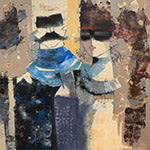
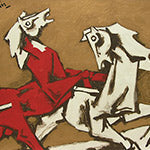
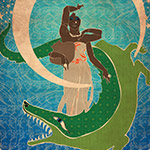
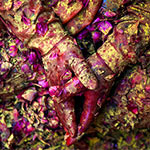
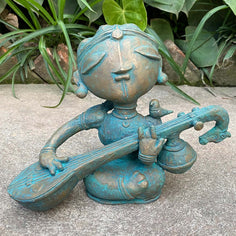
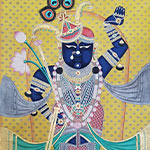
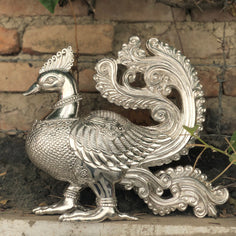
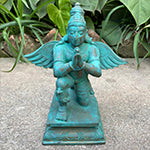
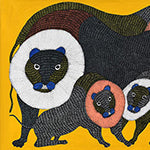
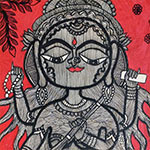
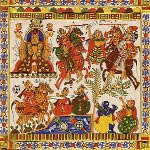
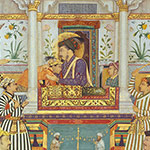
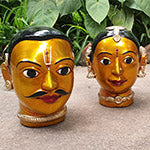

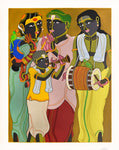
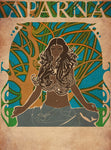
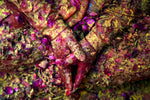
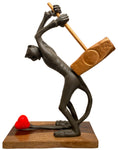
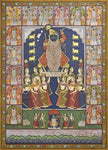
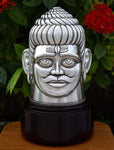



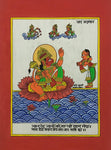
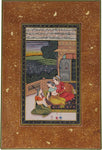
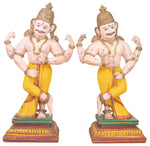
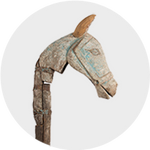
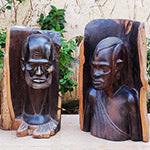
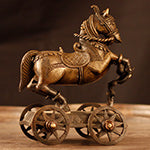

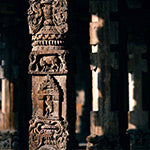
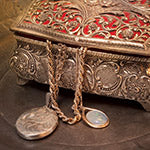
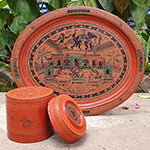
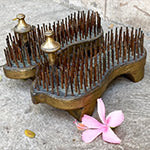
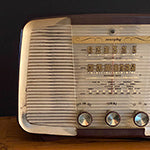
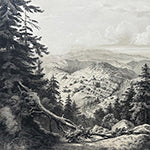
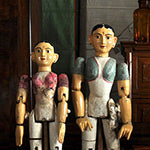
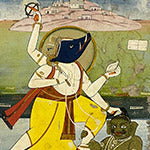
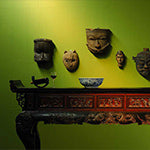
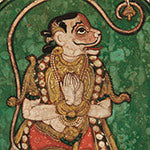

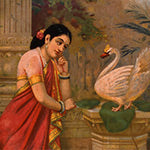
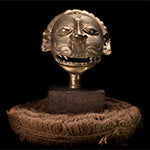
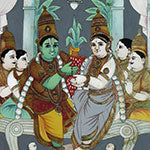
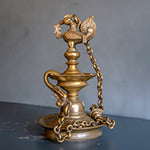
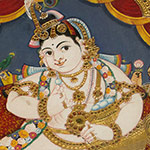
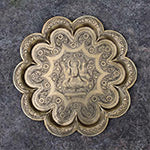
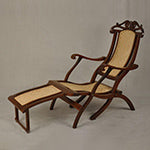
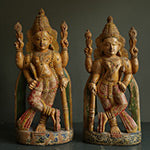




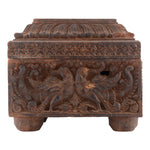
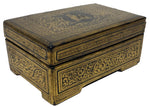
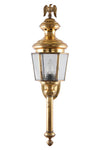

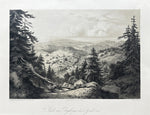


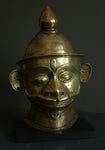
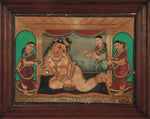
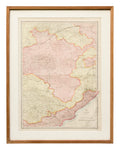
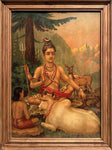

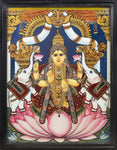

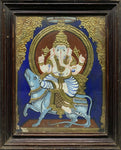
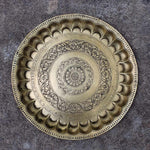
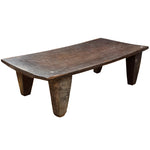
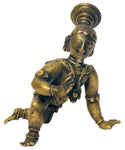


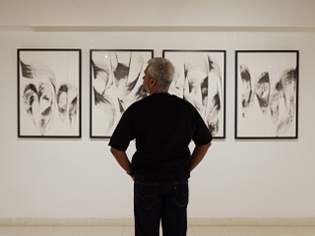

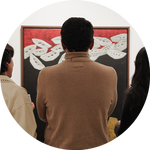



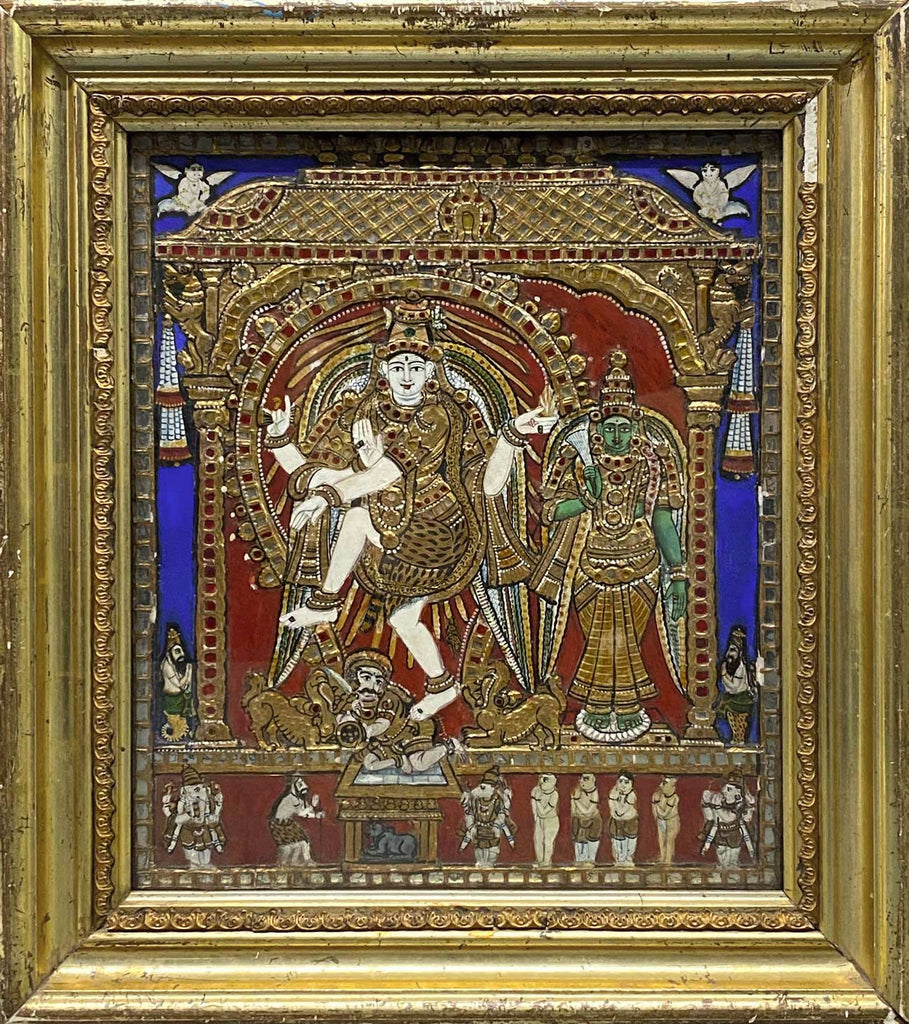
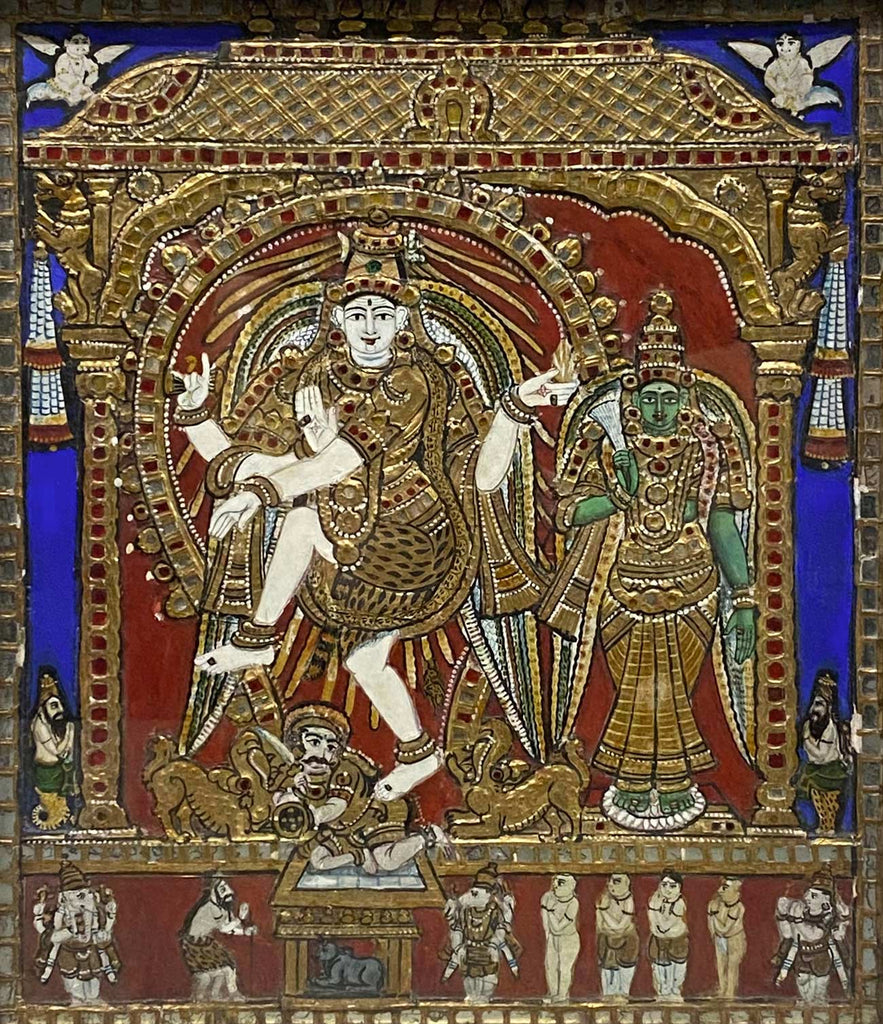
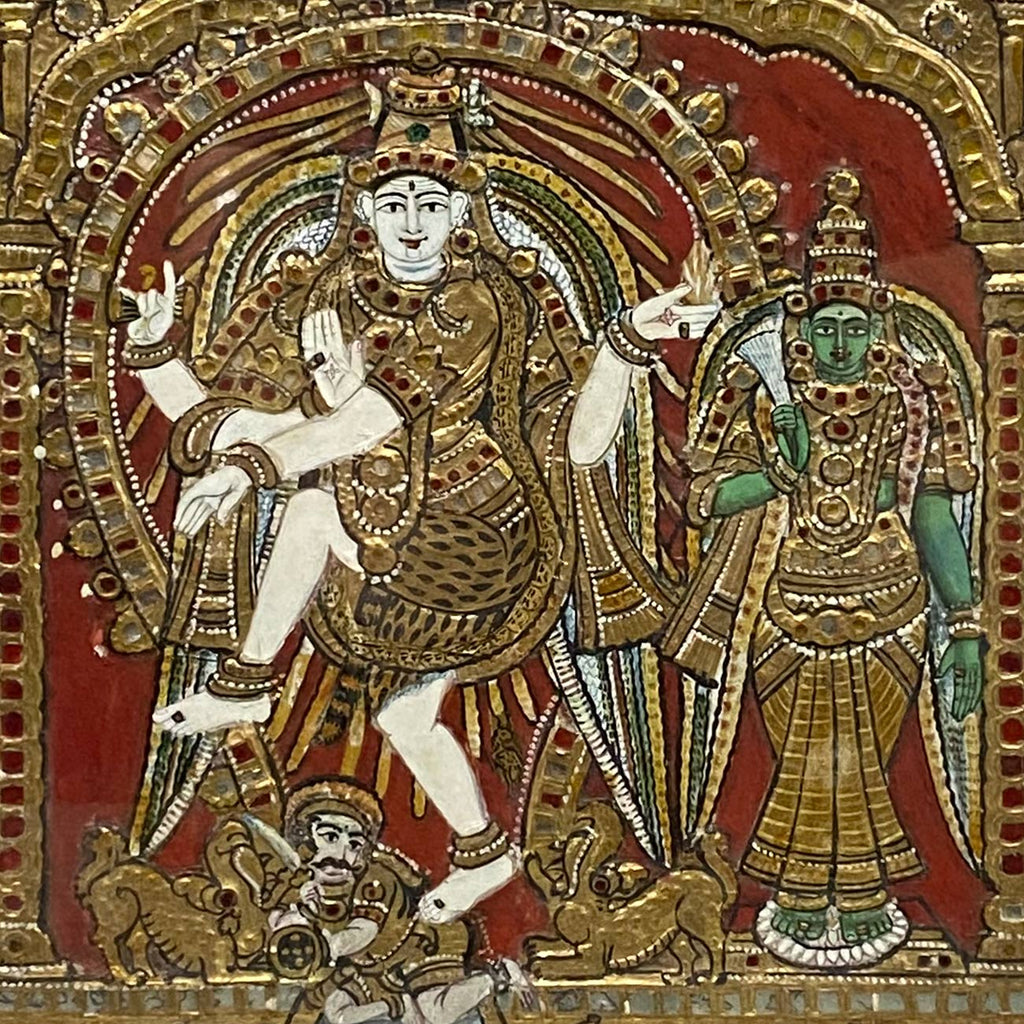
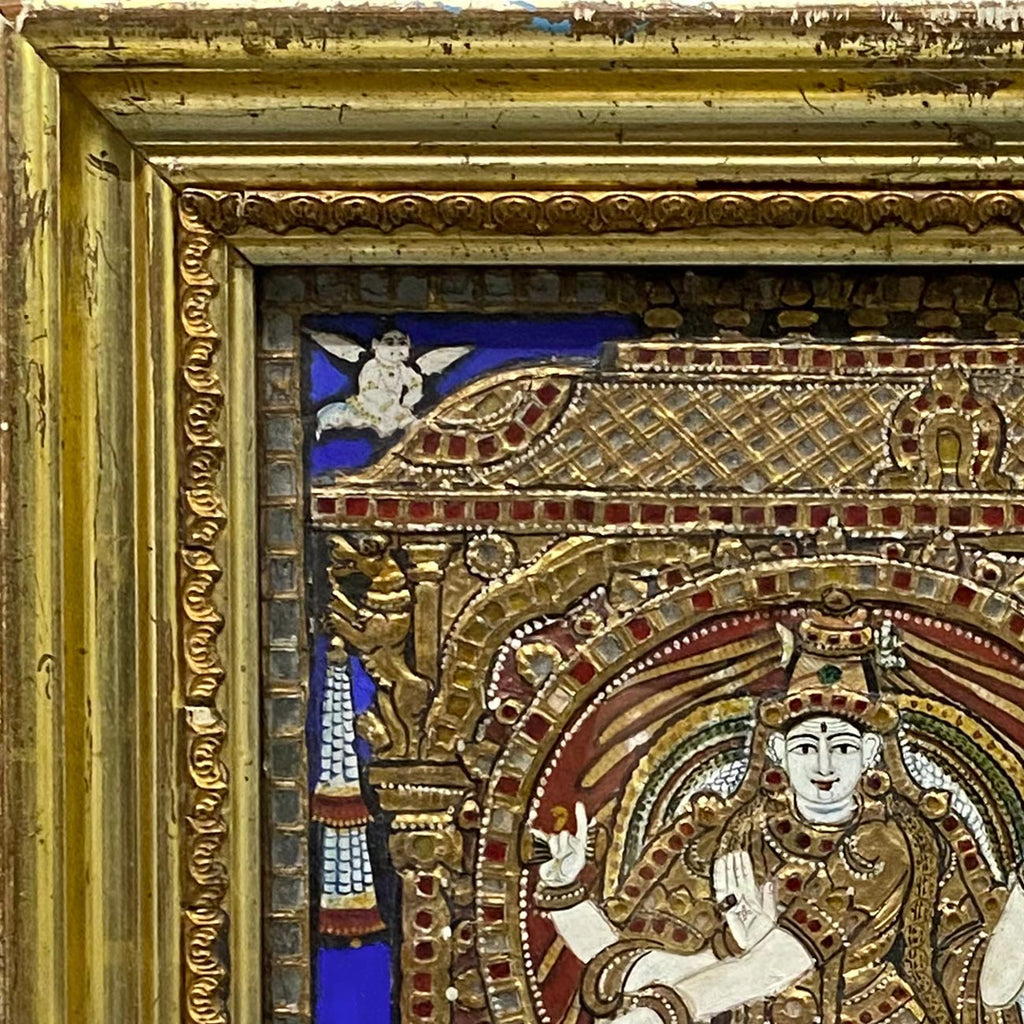
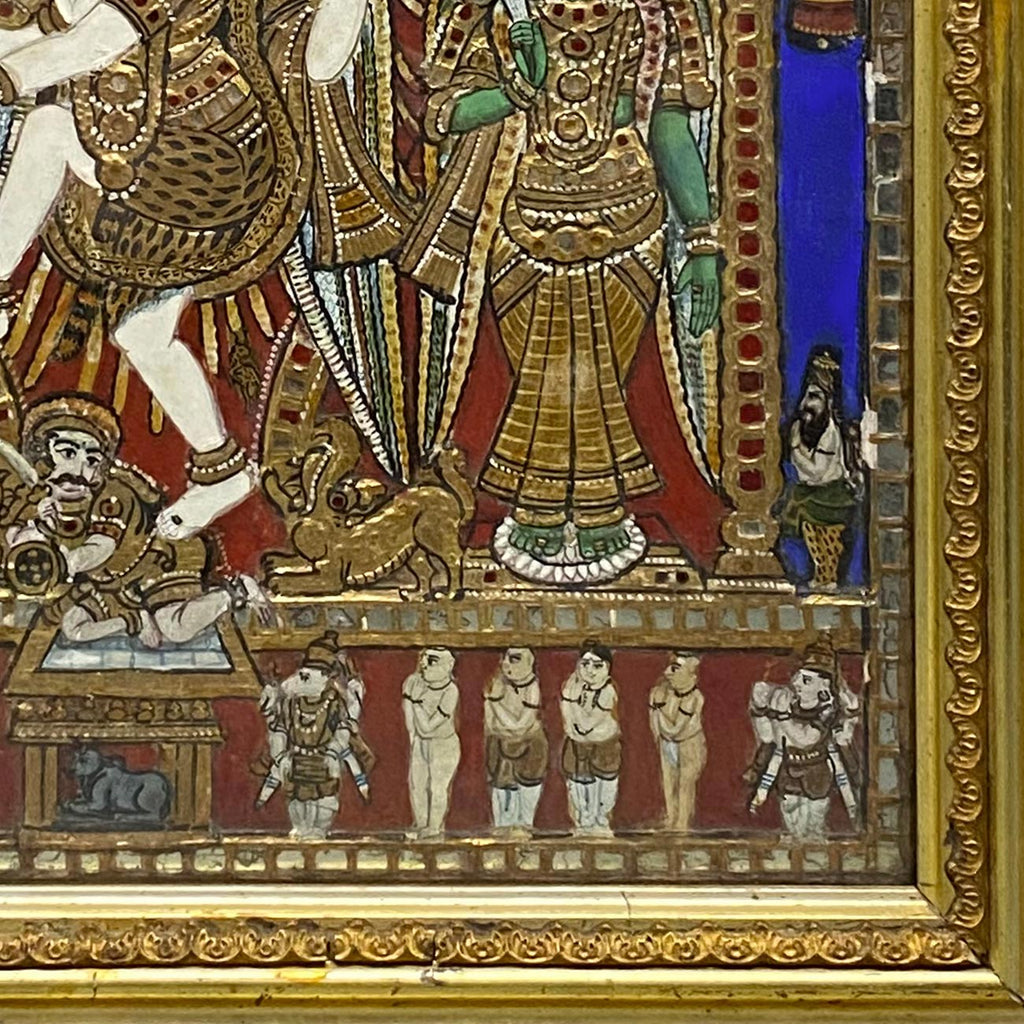
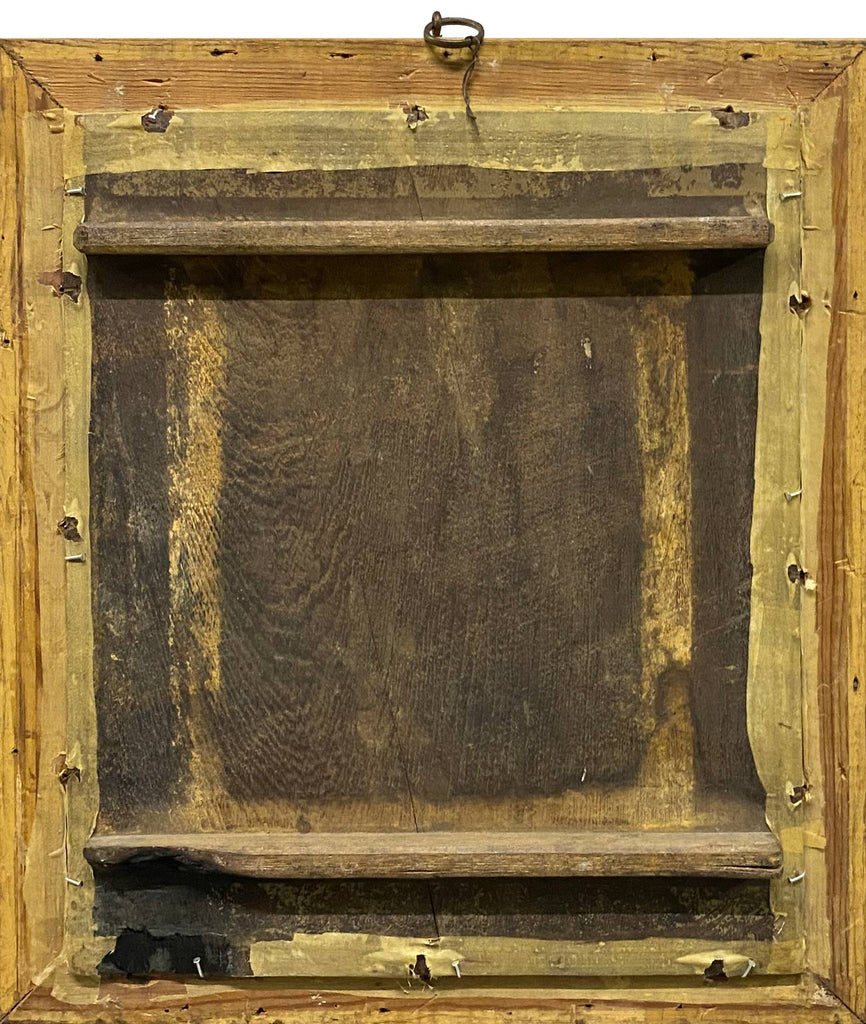
 View Full Screen
View Full Screen
